Pushing cloud AI closer to the edge
The popularity of AI services means cloud-only processing is no longer enough


Cloud-based AI services continue to grow in popularity, thanks to their low cost, easy-to-use integration and potential to create complex services.
In the words of Daniel Hulme, senior research associate at UCL, "cloud-based solutions are cheaper, more flexible and more secure" than anything else on the market.
RELATED RESOURCE
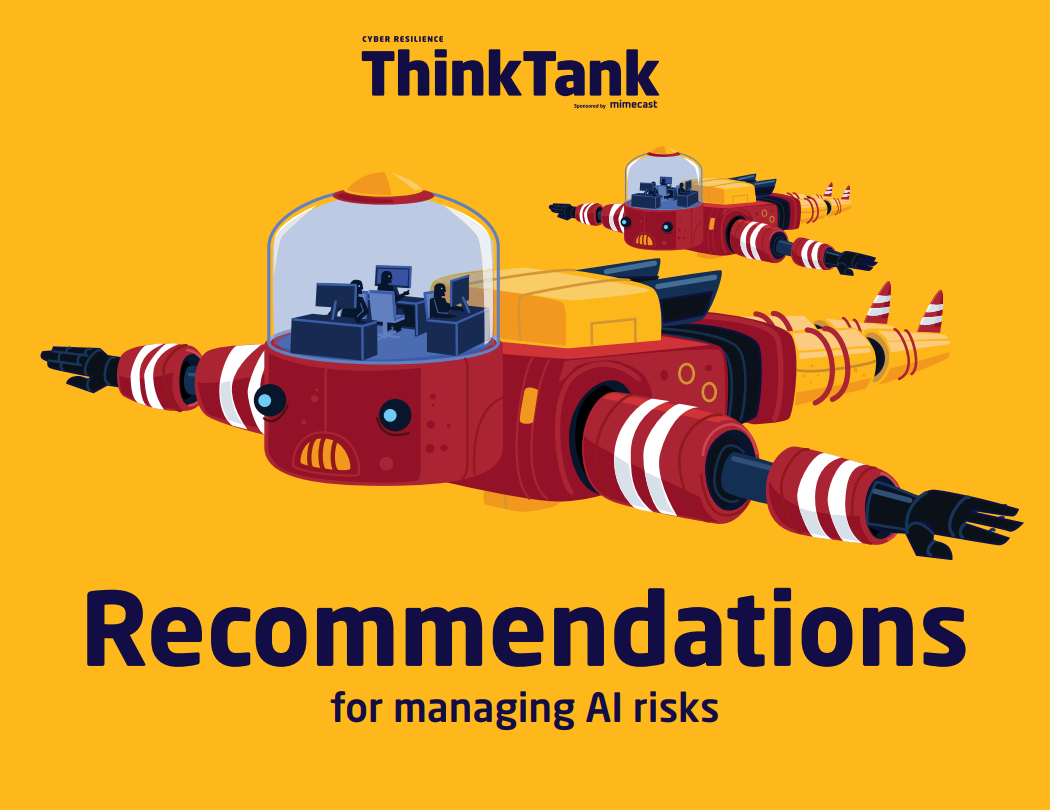
Recommendations for managing AI risks
Integrate your external AI tool findings into your broader security programs
FREE DOWNLOAD
By 2020 it's believed that as many as 60% of personal technology device vendors will be using third-party AI cloud services to enhance the features they offer in their products. However, we're also likely to see a significant growth of cloud-based AI services in the business sector.
One of the biggest drivers of this has been the proliferation of VPAs in the consumer space, made popular by the development of smart speakers by the likes of Amazon and Google.
Users have quickly adopted the technology into their everyday lives, and businesses were quick to realise the potential locked away in these devices, particularly when it comes to delivering new products.
Drivers of cloud-based AI services
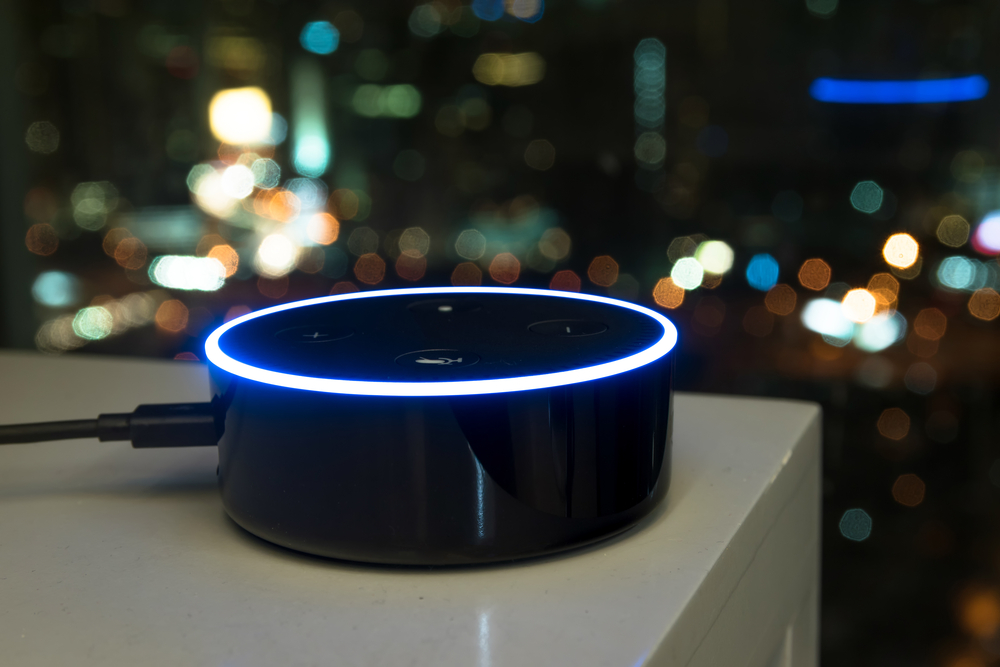
Amazon's Alexa was the first personal assistant to achieve mass-market appeal
"It's a confluence of factors," says Philip Carnelley, AVP Enterprise Software Group at analyst firm IDC. "There is no doubt the consumer experience of using Alexa, Siri and Google Now has helped familiarise businesses with the power of AI.
Sign up today and you will receive a free copy of our Future Focus 2025 report - the leading guidance on AI, cybersecurity and other IT challenges as per 700+ senior executives
"But there is also a lot of publicity around AI achievements, like DeepMind's game-winning efforts - AlphaGo winning against the Go champion for example - or Microsoft's breakthrough efforts in speech recognition.
He adds that improvements to the underlying platforms, such as the greater availability of infrastructure-as-a-service (IaaS) and new developments in graphical processing units, are making the whole package more cost-effective.
Yet, it's important to remember that despite there being so much activity in the sector, the technology is still in its infancy.
"AI is still very much a developing market," says Alan Priestley, research director for technology and service partners at Gartner. "We're in the very early stages. People are currently building and training AI models, or algorithms, to attempt to do what the human brain does, which is analyse natural content."
The likes of Google, Amazon and Facebook are leading this early development precisely because they have so much untapped data at their disposal, he adds.
The role of the cloud

Vendors have helped drive AI concepts thanks to open source code
The cloud has become an integral part of this development, primarily because of the vast computing resources at a company's disposal.
"The hyper-scale vendors have all invested heavily in this and are building application programming interfaces (APIs) to enable themselves - and others - to use services in the cloud that leverage AI capabilities," says Priestley.
"By virtue of their huge amount of captive compute resource, data and software skill set, [these vendors have been] instrumental in turning some of the AI concepts into reality."
This includes the development of a host of open source tools that the wider community is using today, including TensorFlow and MXNet, and large vendor services are frequently being utilised when training AI models.
Benefits to business

Chatbots were an early AI hit within many businesses
Chatbots are a great example of how edge-processed AI can benefit businesses; not only are they one of the first real use cases of cloud AI, they're practically everywhere online. Often used as a customer focusing tool, a bot on a website or mobile app can take on large workloads and even collect user data to help improve the service.
One of the reasons that chatbots have become so popular is their effectiveness. According to IBM research, when it comes to everyday issues, most chatbot services can reduce costs and speed up response times by handling around 80% of routine tasks and customer questions. What's more, chatbots aren't restricted to set working hours and time zones, nor are they prone to illness; they're always on, ever-present digital employees that have the potential to increase business productivity.
This is also an area that is continuously growing and advancing; one only has to look at the various work Google is doing with voice assistants to see the potential. At its most recent developer conference 'i/O 22', the tech giant announced it had added 24 new languages to its 'translate' service. The voice assistant on the company's Pixel 6 smartphone can also translate from one language to another, in real-time, as the conversation is happening.
Perhaps the most eyecatching advancement made by Google is the Duplex feature, which automates replies in a conversation with shockingly realistic responses.
Moving to the edge
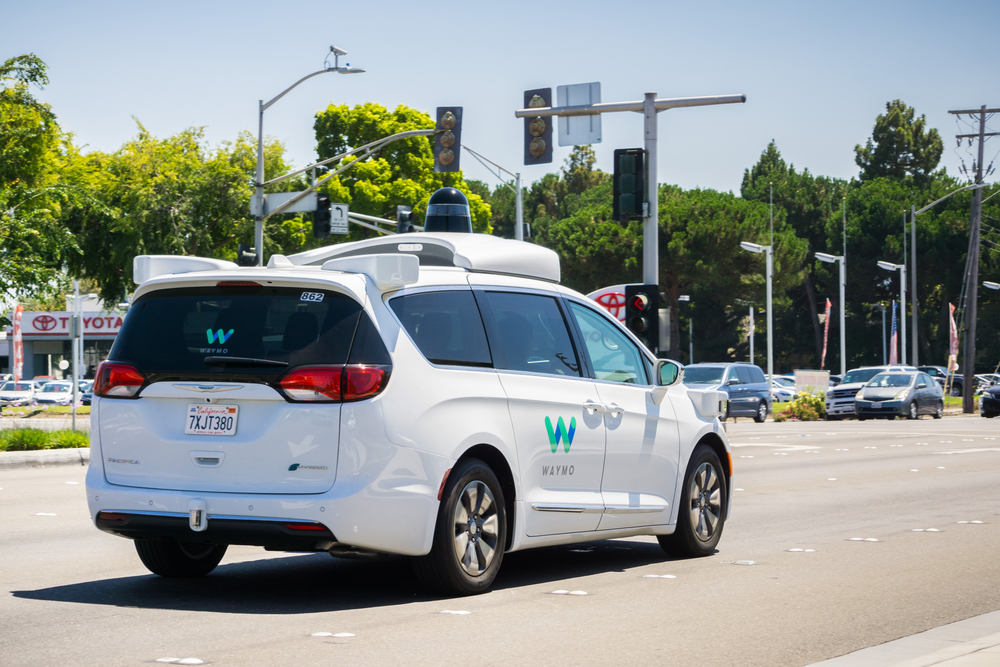
Self-driving cars will need latency-free analytics
Given the sheer amount of computational power on hand, the development of AI services is almost exclusively taking place in the cloud but, looking forward, experts believe that many will, at least partially, move to the edge.
The latency associated with the cloud will soon become a problem, especially as more devices require intelligent services that are capable of analysing data and delivering information in real time.
"If I'm in a self-driving car it cannot wait to contact the cloud before making a decision on what to do," says Priestley. "A lot of inferencing will take place in the cloud, but an increasingly large amount of AI deployment will take place in edge devices.
"They'll still have a cloud connection, but the workload will be distributed between the two, with much of the initial work done at the edge. When the device itself can't make a decision, it will connect to the 'higher authority' - in the form of the cloud - to look at the information and help it make a decision."
Essentially, organisations will use the cloud for what it's good at - scale, training and developing APIs and storing data. Yet it's clear that the future of cloud-only AI is coming to an end.
This article was first published on 12/04/2018, and has since been updated
Keri Allan is a freelancer with 20 years of experience writing about technology and has written for publications including the Guardian, the Sunday Times, CIO, E&T and Arabian Computer News. She specialises in areas including the cloud, IoT, AI, machine learning and digital transformation.
-
 Trump's AI executive order could leave US in a 'regulatory vacuum'
Trump's AI executive order could leave US in a 'regulatory vacuum'News Citing a "patchwork of 50 different regulatory regimes" and "ideological bias", President Trump wants rules to be set at a federal level
-
 TPUs: Google's home advantage
TPUs: Google's home advantageITPro Podcast How does TPU v7 stack up against Nvidia's latest chips – and can Google scale AI using only its own supply?
-
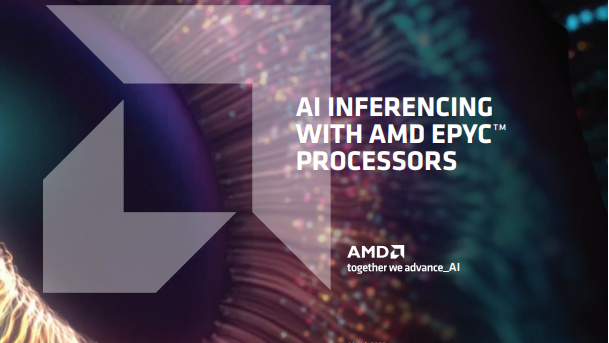 AI inferencing with AMD EPYC™ processors
AI inferencing with AMD EPYC™ processorswhitepaper Providing an excellent platform for CPU-based AI inferencing
-
 Green Quadrant: Enterprise carbon management software 2022
Green Quadrant: Enterprise carbon management software 2022Whitepaper Detailing the 15 most prominent carbon management software vendors to see if they fit your requirements
-
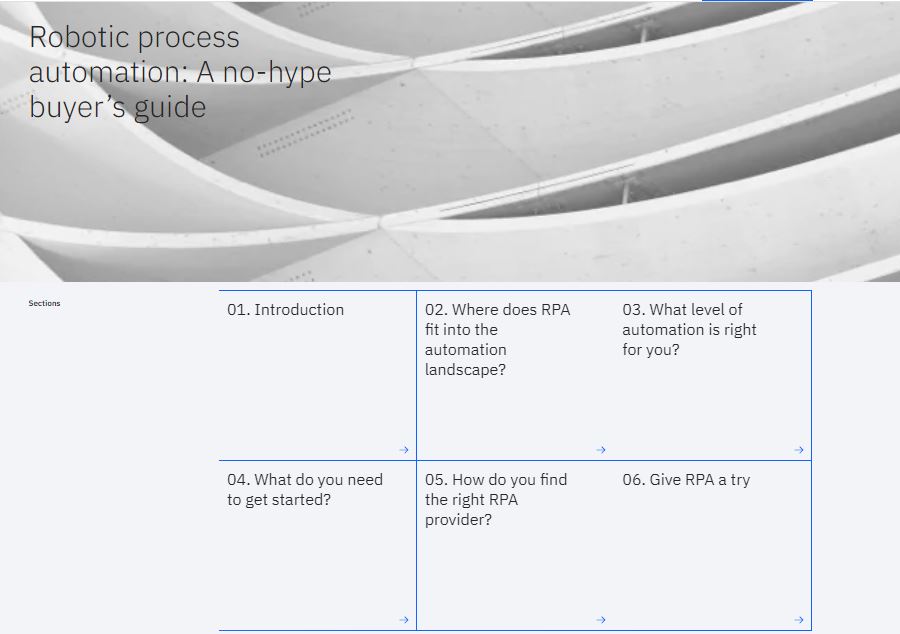 Robotic process automation
Robotic process automationWhitepaper A no-hype buyer's guide
-
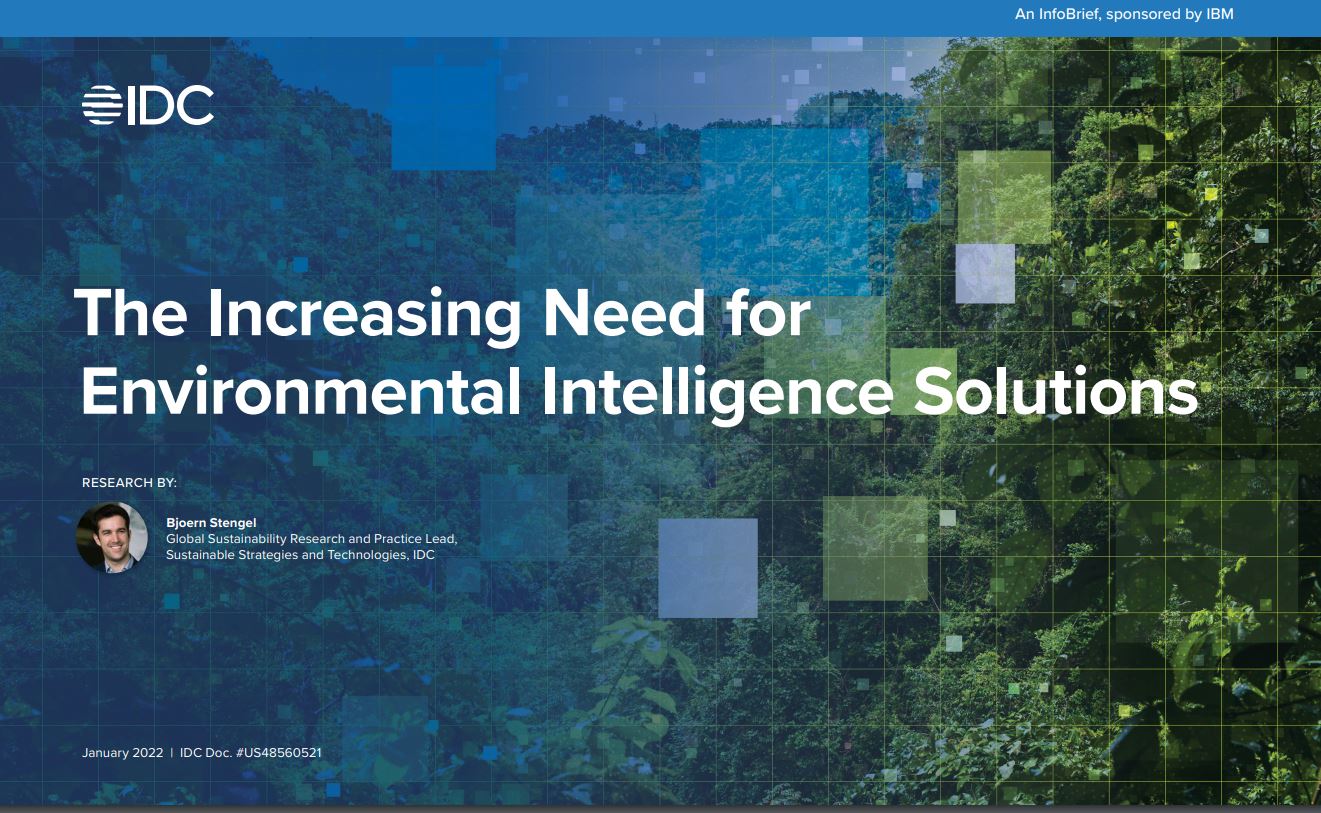 The increasing need for environmental intelligence solutions
The increasing need for environmental intelligence solutionsWhitepaper How sustainability has become a major business priority and is continuing to grow in importance
-
 Why developers are turning to ultra-powerful workstations for more creative freedom at less cost
Why developers are turning to ultra-powerful workstations for more creative freedom at less costWhitepaper The market for AI applications is immense and their economic value even greater
-
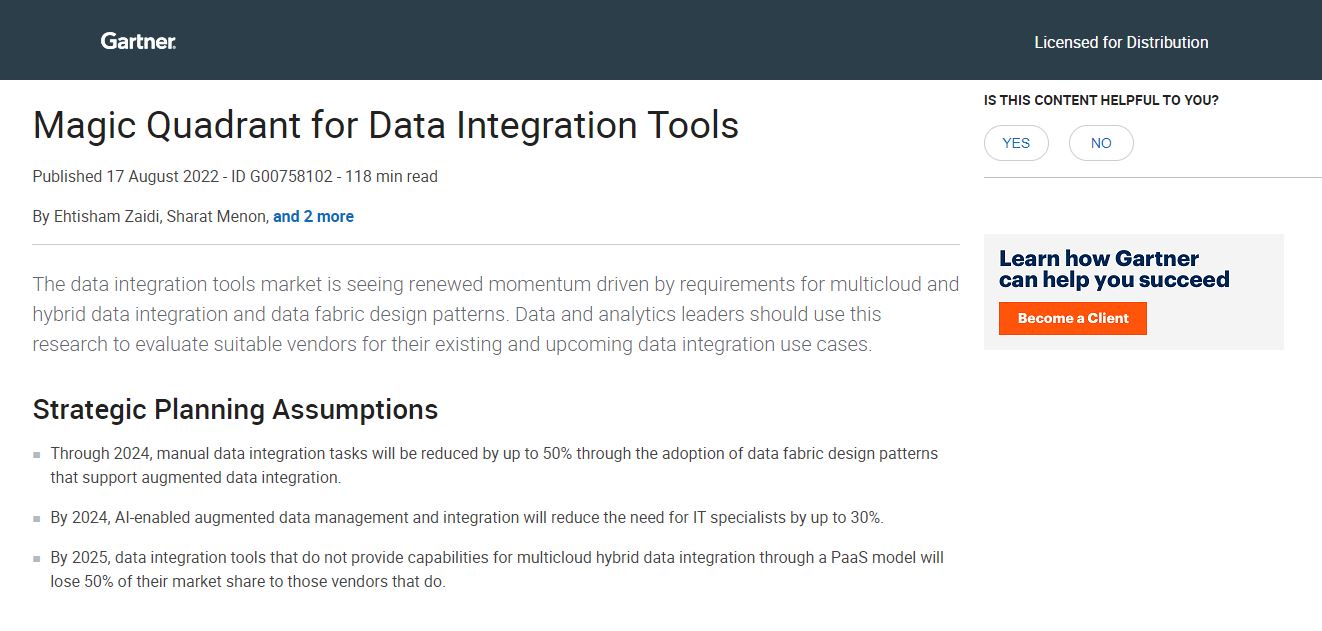 2022 Magic Quadrant for data integration tools
2022 Magic Quadrant for data integration toolsWhitepaper Using research to evaluate suitable vendors for their existing and upcoming data integration use cases
-
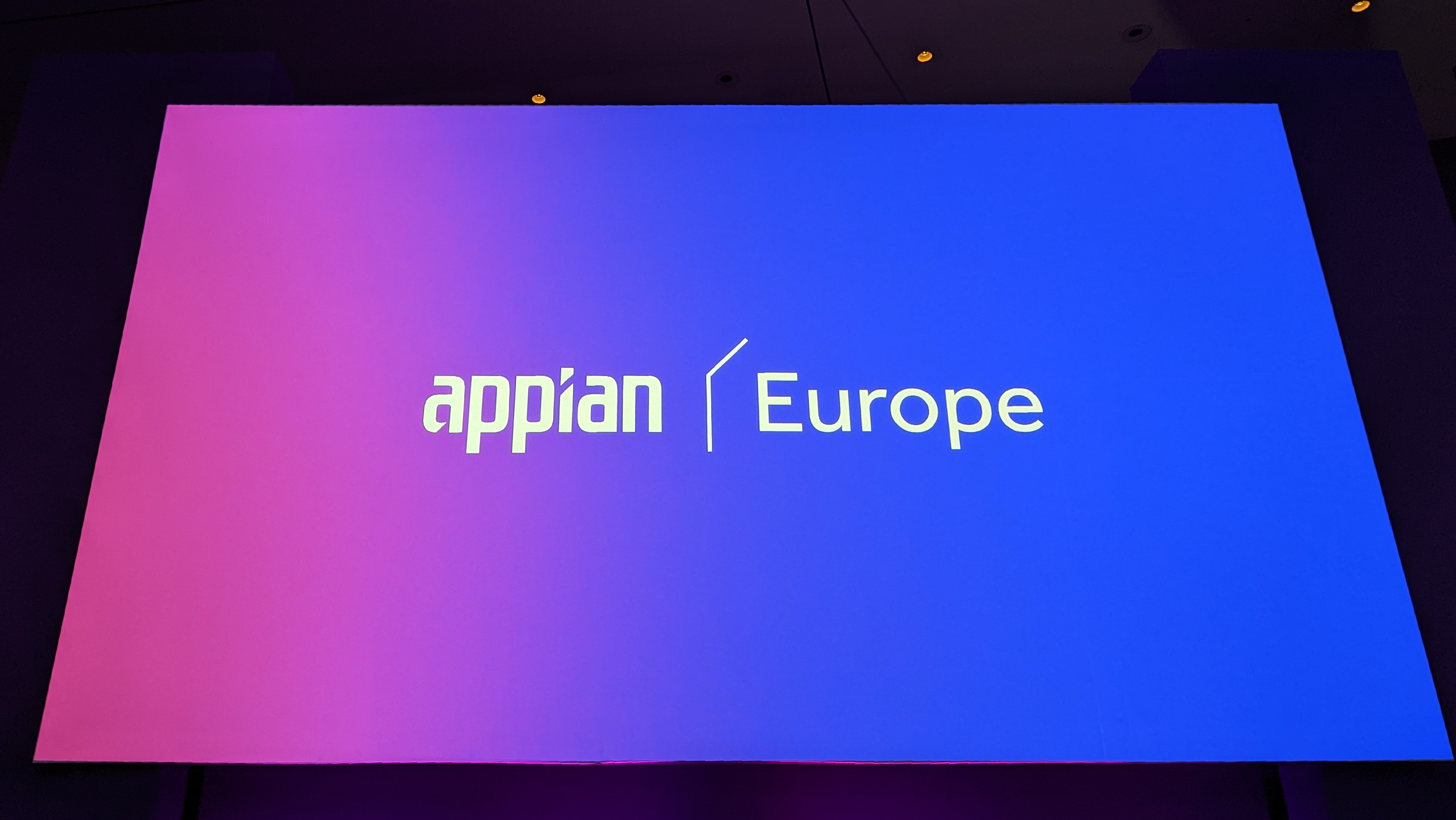 Appian Europe: 'Our data fabric system offers features unavailable anywhere else'
Appian Europe: 'Our data fabric system offers features unavailable anywhere else'News The cloud firm says its updated system gives customers more control over their data than ever before, while retaining its low-code pedigree
-
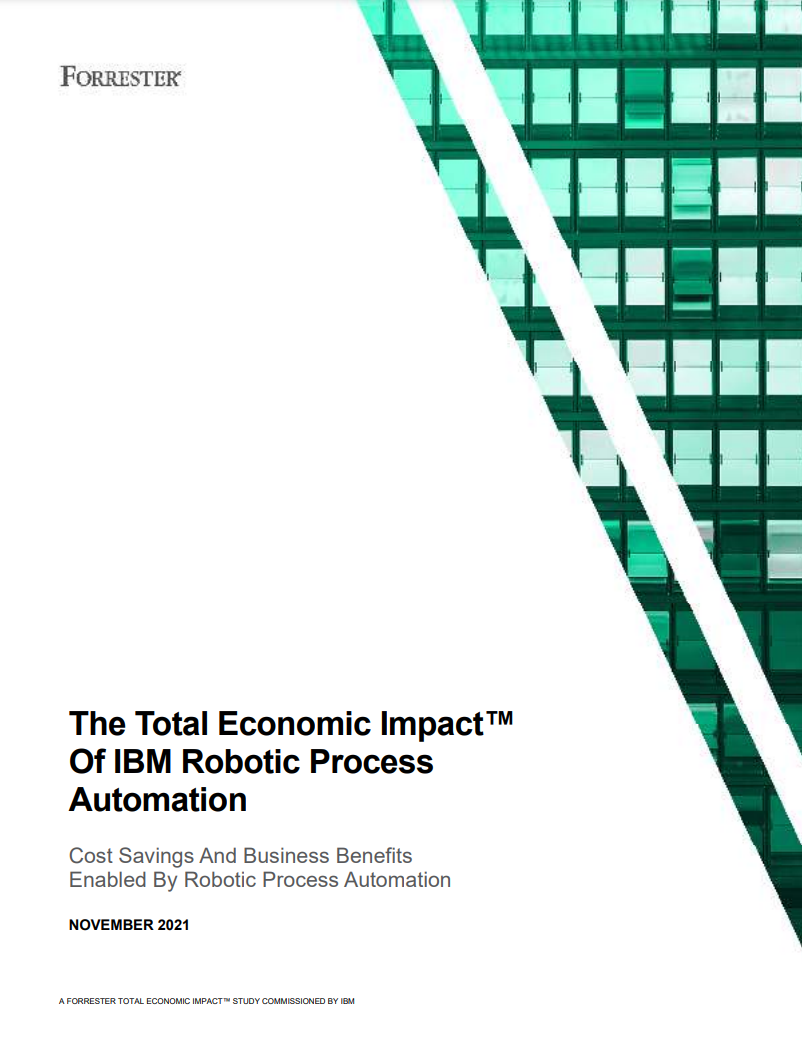 The Total Economic Impact™ of IBM robotic process automation
The Total Economic Impact™ of IBM robotic process automationWhitepaper Cost savings and business benefits enabled by robotic process automation
